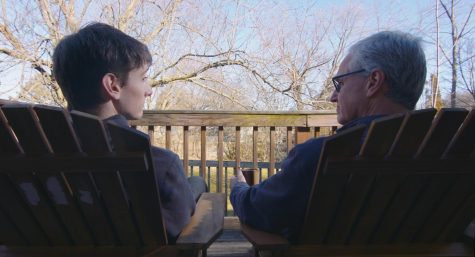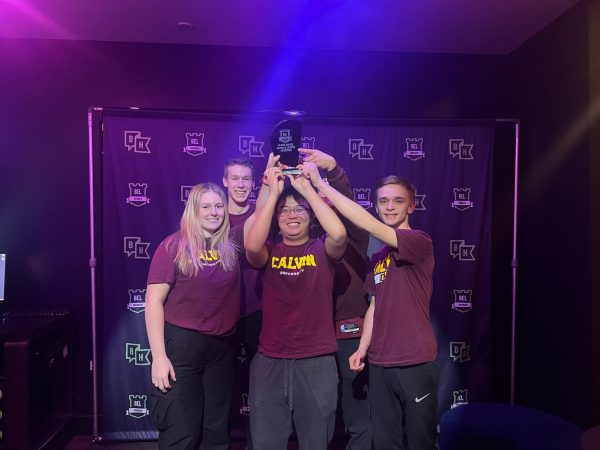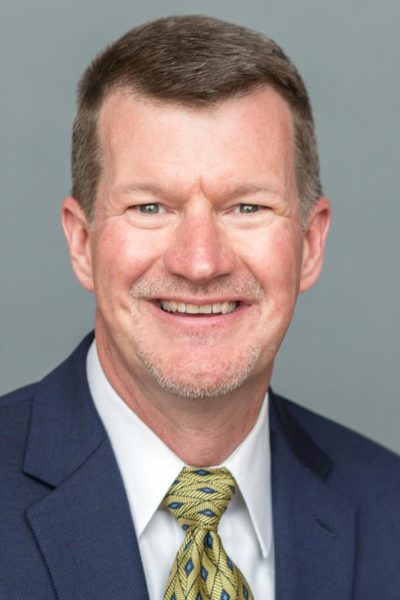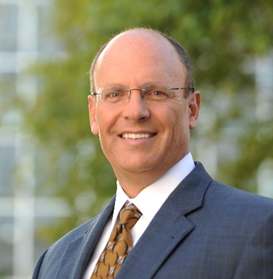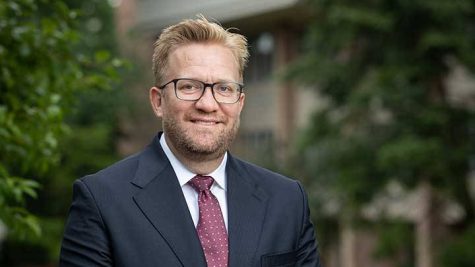Hekman Library: a new vision of accessibility
Focus groups have been brainstorming about ways to maximize the utility of Hekman Library so that it can best fit the needs of Calvin students. David Malone, the dean of Hekman Library, shared his expertise and vision for the library with Chimes in an interview. He explained that Hekman Library is shifting from being a “collection-centric library to a user-centric library” in order to understand and provide the resources that students need. A user-centric library is slightly harder to achieve because it involves “always having to be in conversation,” but it will ultimately be a more effective learning database for the college.
Hekman Library is where students of all majors and disciplines find common ground.
“It’s four floors of space devoted to learning, to the exploration of ideas. That happens in smaller ways within disciplines across campus, but this is the one that’s focused on the integration of all of it,” explains Malone. The library’s main function is “connecting people to ideas, people to resources and people to people.”
Students rely on the library for its physical resources and its online database. Malone shared that last year there were 33,000 physical items in circulation, and 229,000 uses of e-journals. The library would certainly like to see growth in these numbers, but Malone explains that quantity must be balanced with quality. The library is meant to be a resource where students can learn to “navigate fake news and all the problems we have today with the inundation of information.”
Plans for a new coffee shop called Peet’s Cafe have been formulating for about nine months, and it is scheduled to open in the spring semester of 2019. Malone describes how Peet’s Cafe will “serve that coffee house function, but because of the proximity to the rhetoric center, proximity to the career center, proximity to research professionals … it’s going to provide that social but also scholarly environment.”
Malone also shared about a more long-term “campus master plan” that will include creating versatile spaces where students can feel comfortable to study, socialize or anything in between. The library is at the heart of this discussion, in a way, because it is already a haven for so many students. The campus master plan seeks to make these places more accessible “without entering deep into the library.”
For the 43 percent of students who live off-campus, the library could potentially contain some “living room spaces” where commuters would feel at home. These changes seek to usher students into a scholarly space so that the wealth of resources in the library can be more accessible to them.





